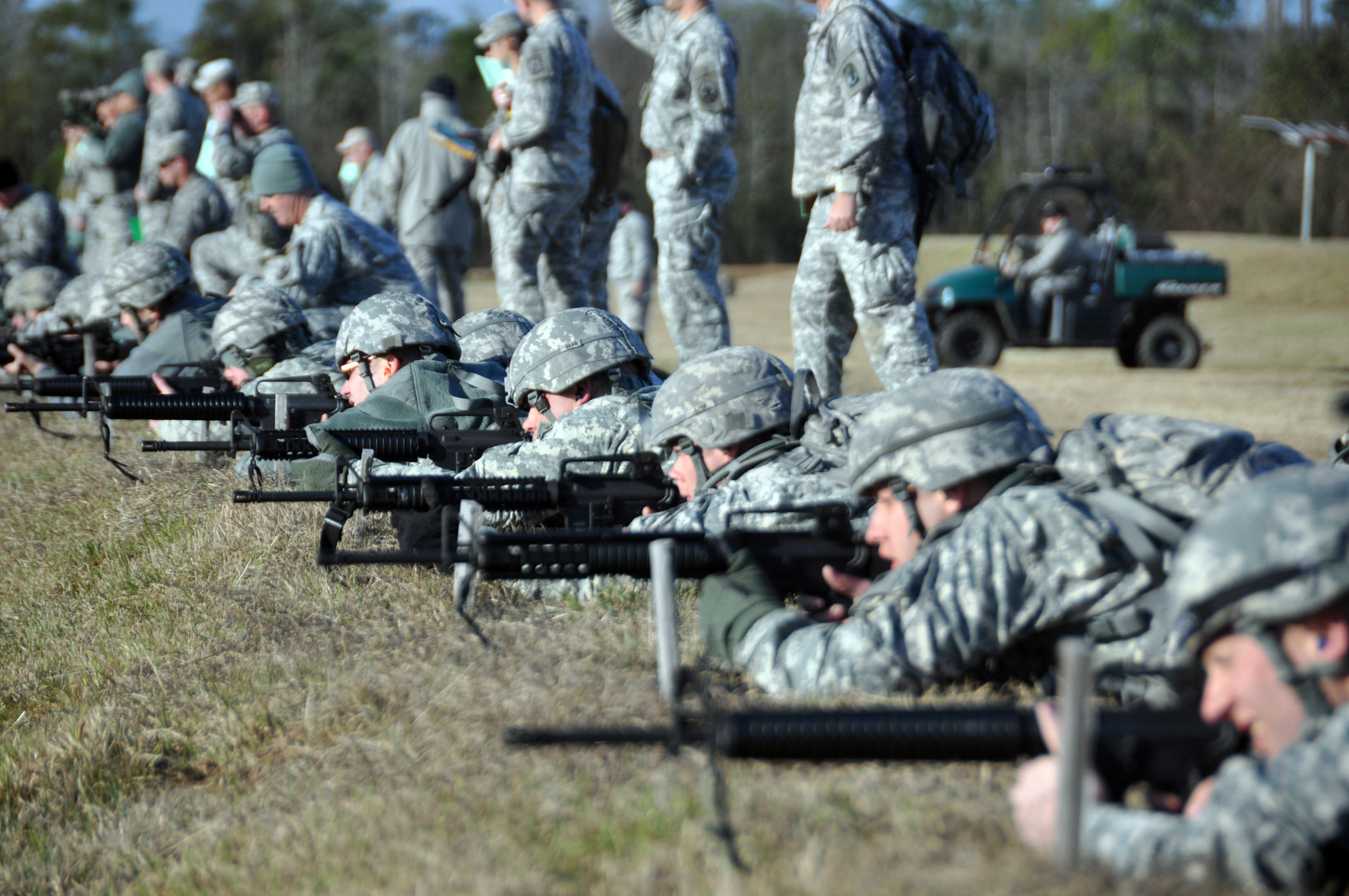(NationalSecurity.news) Steep cuts in personnel and modernization mean the U.S. Army could be up against superior numbers and firepower in the next great-power conflict, Lt. Gen. H.R. McMaster told a Senate subcommittee last week.
“We are outranged and outgunned by many potential adversaries,” McMaster told the Air-Land subcommittee of the Senate Armed Services Committee, “[and] our army in the future risks being too small to secure the nation.”
His recommendation, flat-out, is that the service needs to stop shedding troops – and the sooner, the better.
McMaster, the deputy commander of Training & Doctrine Command (TRADOC) for “futures,” noted that the military’s largest service is officially headed down to 980,000 soldiers – 450,000 full-time active duty troops supported by 530,000 mostly part-time troops in the National Guard and Army Reserve. However, as the service’s biggest expense, the trend to cut additional manpower has been tempting to many in Congress, but McMaster said it is time to revisit the subject.
He and other Army leaders have said repeatedly that the 980,000-troop level is “minimally sufficient” for a major war, and then only at a “high risk” of substantial casualties, Breaking Defense reported.
“As we look to the future sir, we think that risk will become unacceptable,” McMaster said. Even now, he said, “we’re having a harder and harder time for the smaller force to keep pace with increasing demand.”
The Army’s futurist said the danger is two-fold” “The [shrinking] size of the total force…in combination with the [lack of] modernization,” he said. For instance, “we have no current major ground combat vehicle development program underway. The Bradley Fighting Vehicle and the Abrams tank will soon be obsolete” as anti-tank weapons become better, “but they will remain in the Army inventory for the next 50 to 70 years,” he added.
More:
- Pentagon is pushing for new, exotic weapons to deter Russia, China
- Pentagon: Russia, China closing tech gap in conventional, asymmetric warfare
- Russia, China preparing space attacks on U.S. satellites
As Breaking Defense reported further:
This is unfamiliar and uncomfortable territory for American soldiers. In World War I and II, the US had the advantage of numbers; in the Cold War, it had better technology — with a few ugly exceptions like Task Force Smith in Korea. Since 1950, in particular, no American soldier has died to enemy air attack. Since 1950, US ground forces could count on American command of the air. Indeed, since 9/11, even small patrols that got into trouble could generally rely on precision-guided airstrikes to blast them a way out of it.
“We made the assumption several years ago that we’d be able to achieve and maintain air supremacy,” McMaster said, though now the Ukraine conflict has put that assumption in doubt.
Meanwhile, potential adversaries like Russia and China have increasingly invested in layered systems of radar and anti-aircraft missiles, or what is known as Anti-Access/Area Denial (A2/AD), that have the potential to keep American warplanes at bay during a conflict.
That means the only fire support left to Army units is artillery fire, units of which have also been cut back and only minimally modernized on the assumption that air power would suffice.
In addition, Moscow and Beijing have also invested heavily in longer-range ballistic surface-to-surface missiles that have more range and power than U.S. artillery.
McMaster said the current assumptions behind reducing the Army’s size clearly no longer hold, and for a number of reasons.
“We had been able to have smaller forces have bigger impact because we weren’t as challenged in the cyber/electromagnetic domains, in the aerospace domain,” McMaster said. Now, he said, it’s clear “we can’t rely on maintaining dominance in any domain.”
See also:
NationalSecurity.news is part of the USA Features Media network.


